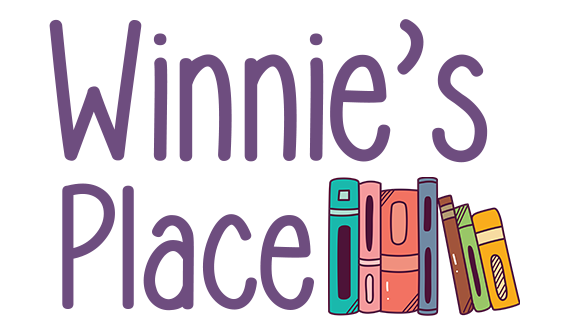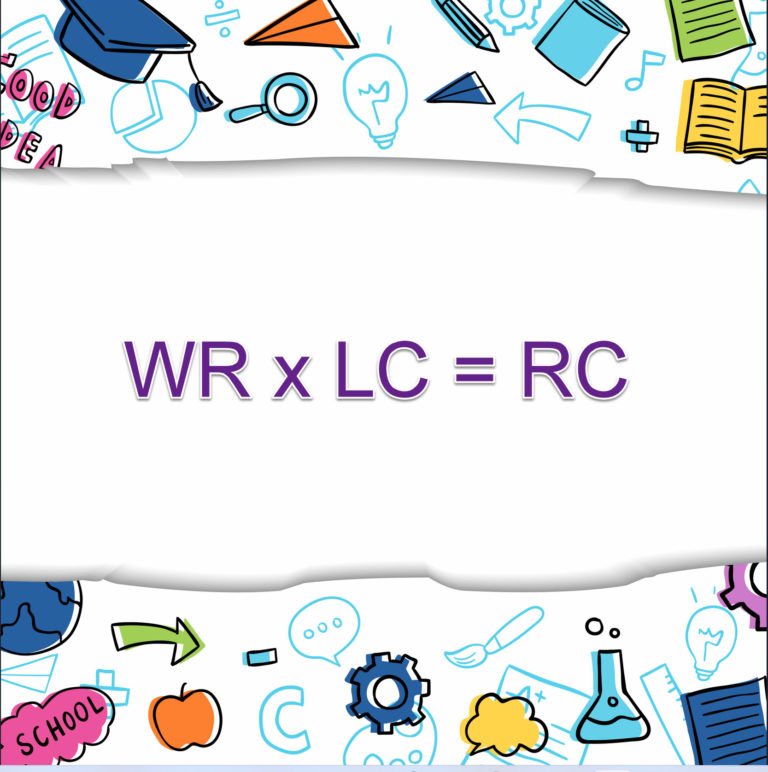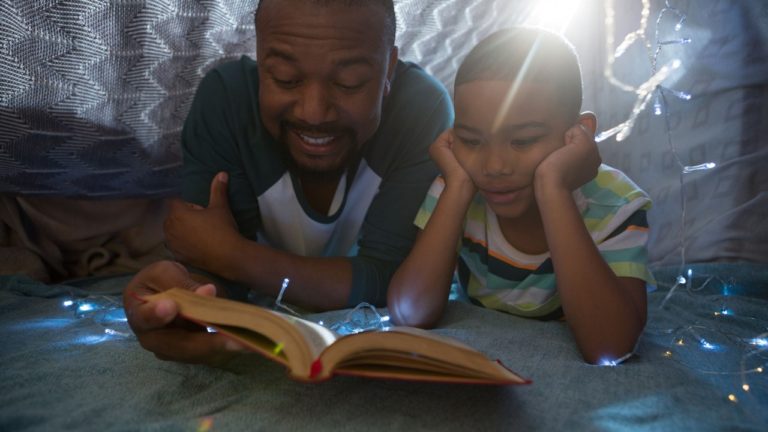Reading Instruction and Dyslexia

Dyslexia: the name itself has become a topic of discussion around many dinner tables and parent-teacher conferences. Dyslexia is indeed one of the most common reading-related learning disabilities. The encouraging news is that, since it is one of the most common disabilities, it is also one of the most researched. For well over 40-years, researchers have studied reading approaches and programs that help dyslexic readers. Three such reading approaches are Orton-Gillingham (“Structured Literacy” approach), Phono-Graphix, and Reading Simplified (“Structured Linguistic Literacy” approaches). I am certified in the first two and have been trained in the latter.
These three systems share common features that are proven to help students who are struggling to read the words on a page, regardless of the diagnosis of a disability. These features are not only vital when dealing with remediation through therapy, tutoring, or classroom intervention, but they are also simply good practices when teaching a student how to read words. Let’s look at four foundational features that someone should consider when choosing instruction for reading difficulties:
Feature #1 Good Reading Instruction is Systematic and Cumulative Instruction
Good reading instruction is presented in a specific order from simple concepts to complex (systematic), and builds upon previous instruction with constant review and practice (cumulative). When instruction is presented logically and continues building on the previous information, it is much easier for students to grow their knowledge.
Feature #2 Good Reading Instruction Allows for Phonological Awareness Practice
Many people may not realize that reading instruction begins even before children are introduced to letters. Phonological awareness, the ability to manipulate individual sounds in language, is one of the strongest predictors of later reading achievement. Early oral activities like rhyming (e.g., what word rhymes with “cat”), sound identification (e.g., “What’s the last sound in “cat?”), segmenting (e.g., what are the three sounds in “cat”), and blending (e.g., what word is this /c/ /a/ /t/?) lay the foundation for children to successfully hear individual sounds in words and map letters to them. While having difficulty in some aspect of phonological awareness does not mean a child is dyslexic, phonological awareness delays are common in students who struggle to make progress in reading. Fortunately, these delays can be improved upon with proper instruction. Orton-Gillingham, Phono-Graphix, and Reading Simplified each tackle phonological awareness instruction in slightly different manners but embed them in each reading lesson.
Feature #3 Good Reading Instruction is Explicit Instruction
As previously mentioned, a goal of early reading development is for a child to recognize that letters map to specific sounds. This comes about with phonics instruction. What research has shown is that knowledge of letter and sound relationships is not something that comes naturally for a greater majority of children. Explicit, or straightforward instruction in letter and sound relationships must be provided to students, or they will lack valuable skills. While the Orton-Gillingham, Phono-Graphix, and Reading Simplified programs differ in how much is taught per lesson, the order of presentation, and the strategies used to teach, explicit instruction is the bedrock of all three approaches.
Feature #4 Good Reading Instruction Utilizes Meaningful Connections
Orton-Gillingham, Phono-Graphix, and Reading Simplified use meaningful texts to integrate the newly learned letter or letter combinations. Each text is chosen to incorporate the specific skills a student has already learned. Opportunities for actual reading of text are central to the lesson. Good reading instruction also incorporates related spelling activities to help demonstrate and secure relationships between sounds in words and the letters that represent the sound, and to practice irregular spellings of words.
Final Thoughts
Students’ individual needs should help teachers and parents choose the methods of instruction that work the best. Parents and teachers need not feel that there is only one reading program to teach their child or student. One wonderful aspect of being certified in more than one approach is knowing which segments are helpful for the different challenges a student may face. Some students will respond well to one approach over others. I will utilize the most appropriate methods from each program to meet the diverse needs of students, as needed. The most important thing when instructing students, who struggle to read, is to respond to their needs rather than make them fit into a box.
Would you like more information into these three methods, and how they may be beneficial for your child? Let me know, and I’d be more than willing to have a consultation with you. Click the link to contact me!



